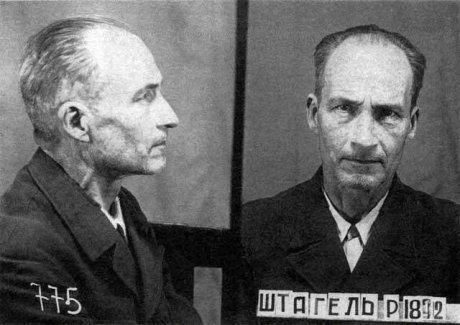Years of service 1914–45 Role Military officer Name Reiner Stahel | Commands held FlakRgt 99 (mot.) Rank Generalleutnant Service/branch German Army | |
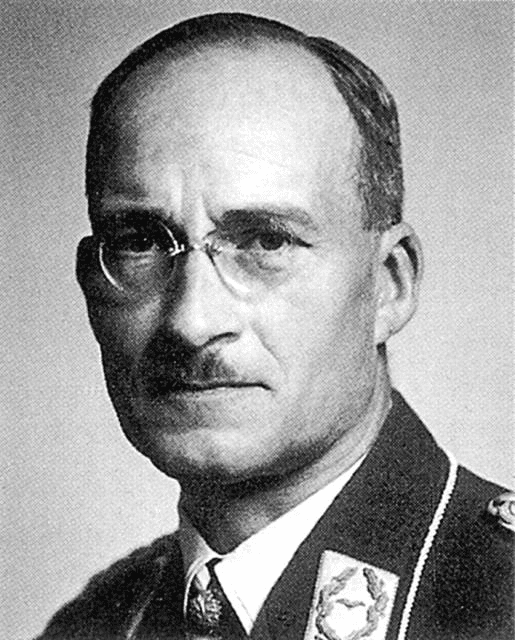 | ||
Born 15 January 1892Bielefeld ( 1892-01-15 ) Battles/wars World War IFinnish Civil WarWorld War II Similar People Erich von dem Bach‑Zelewski, Heinz Reinefarth, Bronislav Kaminski, Walter Model, Dietrich von Saucken | ||
Rainer Stahel, (15 January 1892 – 30 November 1955) was a German officer and a member of the Nazi Party. He is best known for his retreat from Vilna and the command of the garrison of Warsaw during the Warsaw Uprising of 1944. Arrested by the NKVD in Romania, he spent the rest of his life in Soviet captivity.
Contents

Career
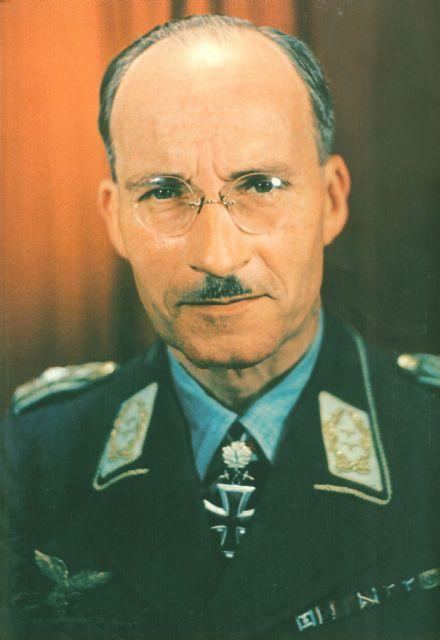
Born in Bielefeld, Stahel joined the German Army during World War I. By the end of the war he had moved to Finland and joined the Finnish Army participating in the Finnish Civil War. In 1933 he went to Nazi Germany where he worked at the Ministry of Aviation. Following the German retreat from Sicily and Italy's surrender, Stahel was made the military commander of the city of Rome in October 1943. In July 1944 he was transferred to Vilnius in German-occupied Poland (currently Lithuania), where he became the military commander of the city's garrison. Initially commanding roughly 500 men, soon he received reinforcements and was able to postpone the seizure of that city by Polish partisans and the Red Army. For his efforts, on July 28, 1944, he was awarded the Swords to the Knight's Cross and promoted to the rank of lieutenant general.
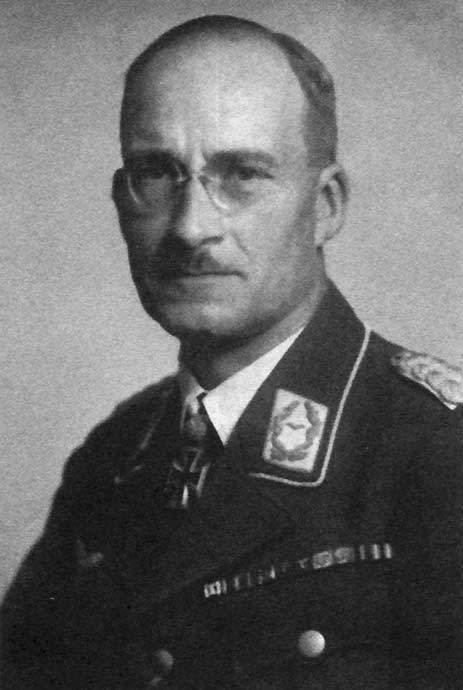
Stahel was transferred to Warsaw, where he was to defend the city against the advancing Red Army. However, the Soviet offensive was halted and instead on August 1 the Warsaw Uprising was started by the Polish Home Army. On the first day of the uprising Stahel was surrounded in his headquarters in the Saxon Palace, and he lost control of the situation. On August 4 the command over Nazi forces in Warsaw was given to Waffen-SS commander Erich von dem Bach and Stahel's pocket was subordinated to the new commander. Although by August 7 the troops of Oskar Dirlewanger managed to reach Stahel's positions in the city centre, he did not resume his command over the city's garrison. Instead, on August 24 he was dispatched to Bucharest, where similar urban fighting was anticipated by the German headquarters. However, Romania switched sides and the Red Army entered the city almost unopposed.
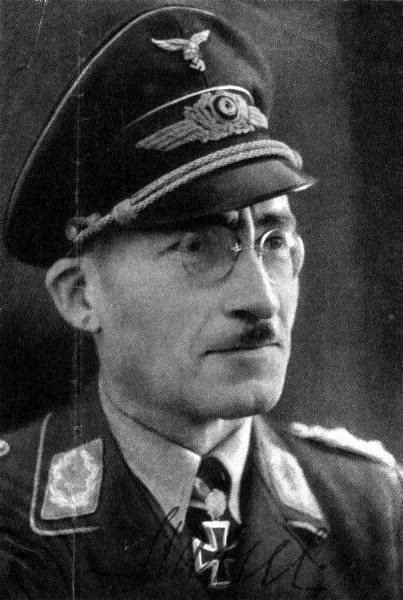
On September 20, 1944, Stahel was arrested by the NKVD together with Field Marshal Ion Antonescu. Interrogated on his part in the Warsaw Uprising, he was imprisoned in the Soviet Union. The exact date of his death is a subject of controversy. According to Soviet sources Stahel died on November 30, 1952, in Vladimir central transfer prison. However, other sources mention that Stahel died in 1955 in the Voikovo officer prison camp of a heart attack when he was informed of his possible transfer to Germany.
Suppression of Warsaw uprising
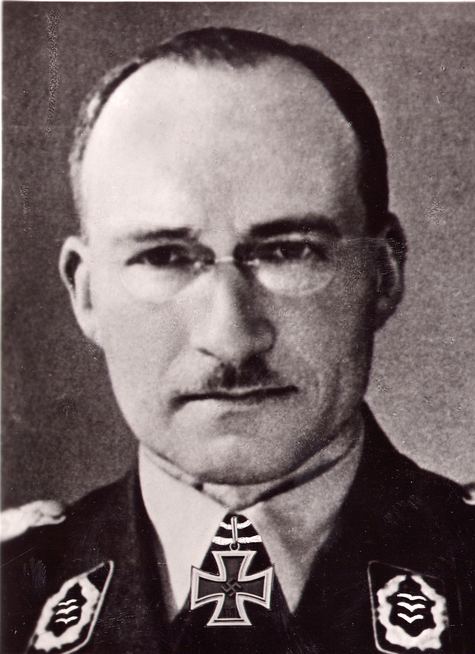
Despite his relatively limited role in suppressing the Warsaw uprising of 1944 Stahel was responsible for a series of crimes committed against the civilian population of Warsaw. On August 2 he ordered the killing of all men identified as actual or potential insurgents, and the taking of hostages from among the civilian population to be used as human shields when assaulting insurgent positions. The testimonies of the soldiers of 4. East Prussian Grenadier Regiment who arrived in Warsaw on August 3 show that Stahel gave them the order to "kill all men encountered, remove women and children, and burn houses." Moreover, Stahel ordered the execution of Polish prisoners held in prison on Rakowiecka street in Mokotów district and officially sanctioned looting perpetrated by German soldiers, allowing them to take anything they wanted from houses on fire.
Awards
